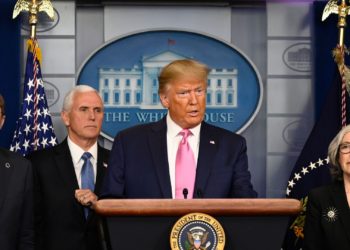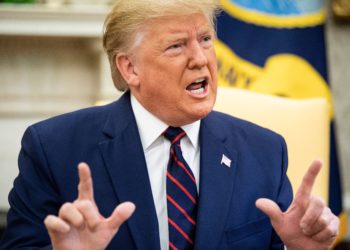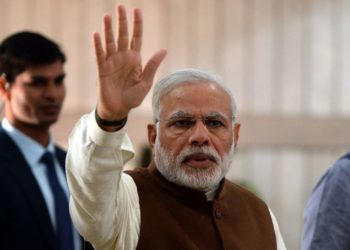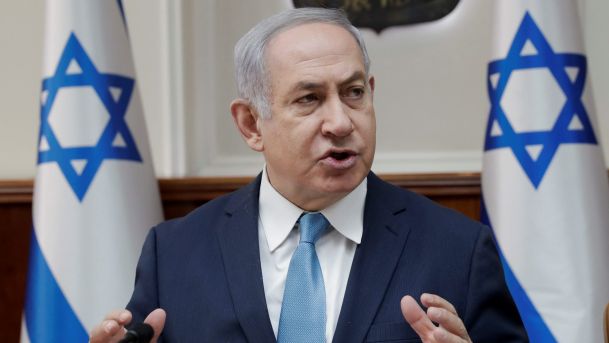White supremacy has reared its ugly head once again, this time on the venerable college campus of the University of Virginia. On Aug. 11, white supremacists marched in Charlottesville, VA, to protest the removal of a statue memorializing Confederate Army General Robert E. Lee, which they considered to be a direct attack on, and erasure of, their heritage.
Historical context is important here. Lee was a complicated man who, in a letter to his wife, acknowledged that the institution of slavery was a “moral and political evil.” More importantly, however, he also believed that slavery was worse for whites than blacks and that blacks were better off “morally, socially and physically” because of it.
The so-called “pro-white” rally quickly turned violent, eventually resulting in the death of one person, 32-year-old paralegal Heather Heyer, and injuries to over 30 people. On Aug. 12, hours after the start of the violent Charlottesville protests, President Trump tweeted that we must be united and condemn all that hate stands for. There was no specific mention of the reason behind the protests: the hateful rhetoric and agenda being promulgated by white supremacists, the K.K.K., and neo-Nazis.
Later at a press conference, Mr. Trump says “We condemn in the strongest possible terms this egregious display of hatred, bigotry and violence on many sides – on many sides.” President Trump’s statement suggested a moral equivalence between the white supremacists’ protest and the counter-protesters’ response, a sentiment that was widely criticized by individuals across political lines.
Finally, on Sunday about 20 hours removed from his statement and after hours of criticisms from Democrats and Republicans on his failure to specifically reference white supremacists, the White House “clarified” Mr. Trump’s position that “Of course” he condemns violence by “white supremacists, K.K.K., Neo-Nazi and all extremist groups.”
We are witnessing a monumental failure in presidential leadership and an alarming turning back of the clock on race relations. While America has always struggled with racism, there has at least been the sense that there was forward, even if incremental, progress. Racial progress has typically happened in concert with presidential leadership that genuinely supported civil rights. Now under a Trump administration America lacks the strong presidential moral leadership needed to stem this downward spiral in race relations.
Any lingering doubts regarding the role that racism and white supremacy played in the election and current support of President Trump should be dispelled. Mr. Trump’s presidency has emboldened racists and white supremacists in ways reminiscent of the darkest periods in our nation’s history. After the election of Mr. Trump, there was a 20% increase in hate crimes.
In response to the Charlottesville violence, former K.K.K. Imperial Wizard David Duke stated that “We are determined to take this country back. We’re going to fulfill the promise of Donald Trump.” Avowed white supremacist Andrew Anglin was quoted in the neo-Nazi publication The Daily Stormer saying “Trump comments were good. He didn’t attack us. He just said the nation should come together. Nothing specific against us… When asked to condemn, he just walked out of the room. Really, really good. God bless him.”
It should not be confusing to people why white supremacists and neo-Nazis support Mr. Trump. What is confusing is why people are in an uproar that President Trump did not specifically condemn white supremacy in his initial responses to the Charlottesville violence. There is nothing in Mr. Trump’s biography, character or history that would lead one to believe he has the moral foundation or capacity to categorically reject bigotry, racism and white supremacy.
It takes a morally dubious president to hire a chief strategist, Steve Bannon, who proudly provided a platform for the alt-right to promote a white identity politics which embraces racism and opposes multiculturalism and immigration. It takes a morally dubious president to hire a deputy assistant, Sebastian Gorka, who deflects the seriousness of white supremacy and has alleged ties to a neo-Nazi group.
Mr. Trump’s approach to addressing the racists and white supremacists who support him has essentially been a wink and a nod. His problematic staff and administration hiring decisions, refusal to directly address white supremacy, and his past refusal to initially disavow known racists like David Duke all point to a man who fully understands the power of white supremacist beliefs and that there is an important part of his base that embraces these views. President Trump understands that his anti-immigration agenda and “Make America Great Again” slogan appeals to those disenfranchised and xenophobic white people who long for the time where America was “their” country and unencumbered by the “politically correct” issues of diversity and multiculturalism.
Mr. Trump has tapped into, and exploited, a palpable white anxiety that has some white people believing themselves to be racially oppressed. They believe themselves to be victims in an increasingly nonwhite country and global economy.
Which brings us to where we are now. We would be naïve to think that the Charlottesville protest is an isolated incident. While estimating exact numbers is difficult, there is some indication that right-wing groups promoting white supremacy may be on the rise. President Trump has proven himself devoid of the moral authority necessary to lead America towards racial healing.
While there is a justified outrage for his failure to quickly and unequivocally condemn white supremacy, there is nothing about his character or actions from the past that would suggest that such a statement from him would be sincere. Mr. Trump’s consistently delayed and muted response on matters of race and racism tell the story of where he really stands on these issues, and how he intends to govern. And that is the most disturbing commentary of all.
Disclaimer: The views and opinions expressed here are those of the author and do not necessarily reflect the editorial position of The Globe Post.



















